In the modern world, technology is advancing at an unprecedented pace, with emerging technologies transforming industries and society in unprecedented ways. From Artificial Intelligence (AI) and Machine Learning (ML) to Robotic Process Automation (RPA) and Blockchain, the emergence of these new technologies is creating both opportunities and challenges for businesses and individuals alike.
The adoption of these emerging technologies is also creating a new landscape for the workforce, with new skills and knowledge required to navigate this rapidly changing world. It is essential to stay up-to-date with the latest developments in these technologies to leverage their benefits fully while mitigating potential risks.

In this article, we will explore ten emerging technologies and their applications, including AI, ML, RPA, Edge Computing, Quantum Computing, Virtual Reality (VR) and Augmented Reality (AR), Blockchain, Internet of Things (IoT), 5G, Cybersecurity, Full Stack Development, Computing Power, Datafication, Digital Trust, Internet of Behaviours (IoB), Predictive analytics, DevOps, 3D Printing, AI-as-a-Service, and Genomics. We will discuss the basics of each technology, real-world applications, and their potential impact on industries and society. Additionally, we will examine the skills required to succeed in the future of work, and how businesses and educational institutions can prepare individuals for the changing landscape of technology.

Artificial Intelligence (AI) and Machine Learning (ML)
Artificial Intelligence (AI) and Machine Learning (ML) are two of the most popular technologies in the tech industry today. AI is the simulation of human intelligence in machines that are programmed to think and learn like humans, while ML is a subset of AI that focuses on the development of algorithms and statistical models that enable machines to learn from data. AI and ML have been applied in various industries such as healthcare, finance, transportation, and retail, to name a few. In healthcare, AI and ML are used for disease diagnosis and drug discovery. In finance, they are used for fraud detection and risk management. In transportation, they are used for autonomous vehicles and traffic management. In retail, they are used for personalized marketing and customer service.

Robotic Process Automation (RPA)
Robotic Process Automation (RPA) is a technology that automates repetitive and rule-based tasks using software robots or bots. RPA can mimic human actions such as typing, clicking, and copying and pasting data between applications. RPA has been applied in various industries such as banking, insurance, and manufacturing, to name a few. In banking, RPA is used for account opening and closing, KYC (Know Your Customer) compliance, and loan processing. In insurance, RPA is used for claims processing and underwriting. In manufacturing, RPA is used for inventory management and supply chain optimization.

Edge Computing
Edge computing is a technology that brings computation and data storage closer to the devices that generate and consume data. Edge computing reduces latency and improves bandwidth utilization by processing data at the edge of the network instead of sending it to a central data center. Edge computing has been applied in various industries such as healthcare, transportation, and industrial automation, to name a few. In healthcare, edge computing is used for remote patient monitoring and real-time analytics. In transportation, edge computing is used for autonomous vehicles and traffic management. In industrial automation, edge computing is used for predictive maintenance and quality control.

Quantum Computing
Quantum computing is a technology that uses quantum-mechanical phenomena such as superposition and entanglement to perform computations. Quantum computing has the potential to solve complex problems that are beyond the reach of classical computing. Quantum computing has been applied in various industries such as finance, logistics, and cybersecurity, to name a few. In finance, quantum computing is used for portfolio optimization and risk management. In logistics, quantum computing is used for route optimization and inventory management. In cybersecurity, quantum computing is used for encryption and decryption.

Virtual Reality (VR) and Augmented Reality (AR)
Virtual Reality (VR) and Augmented Reality (AR) are technologies that create immersive digital experiences. VR creates a completely artificial environment that can be experienced through a headset, while AR overlays digital objects onto the real world that can be experienced through a smartphone or tablet. VR and AR have been applied in various industries such as gaming, education, and healthcare, to name a few. In gaming, VR and AR are used for immersive gaming experiences. In education, VR and AR are used for interactive learning experiences. In healthcare, VR and AR are used for medical training and therapy.

Blockchain
Blockchain is a technology that enables secure and transparent transactions between parties without the need for intermediaries such as banks or governments. Blockchain uses cryptography to ensure the integrity and confidentiality of transactions. Blockchain has been applied in various industries such as finance, logistics, and healthcare, to name a few. In finance, blockchain is used for secure and transparent transactions and smart contracts. In logistics, blockchain is used for supply chain management and tracking. In healthcare, blockchain is used for secure and transparent medical records and clinical trials.

Internet of Things (IoT)
Internet of Things (IoT) is a technology that connects physical devices such as sensors, cameras, and machines to the internet, allowing them to collect and exchange data. IoT has been applied in various industries such as agriculture, manufacturing, and smart homes, to name a few. In agriculture, IoT is used for crop monitoring and precision agriculture. In manufacturing, IoT is used for predictive maintenance and quality control. In smart homes, IoT is used for home automation and energy management.

5G Technology
5G is the fifth generation of wireless communication technology that offers faster data transfer rates, lower latency, and increased network capacity. 5G has been applied in various industries such as healthcare, transportation, and entertainment, to name a few. In healthcare, 5G is used for remote patient monitoring and real-time telemedicine. In transportation, 5G is used for autonomous vehicles and traffic management. In entertainment, 5G is used for high-quality streaming and immersive experiences.

Cybersecurity
Cybersecurity is the practice of protecting computer systems and networks from unauthorized access, theft, and damage. Cybersecurity has become increasingly important with the rise of digital transformation and the growing threat of cyber-attacks. Cybersecurity has been applied in various industries such as finance, healthcare, and government, to name a few. In finance, cybersecurity is used for fraud detection and data protection. In healthcare, cybersecurity is used for protecting medical records and ensuring patient privacy. In government, cybersecurity is used for protecting national security and critical infrastructure.

Full Stack Development
Full Stack Development is a technology that involves the development of both the front-end and back-end components of a software application. Full Stack Development requires knowledge of various programming languages, frameworks, and technologies. Full Stack Development has been applied in various industries such as e-commerce, social media, and healthcare, to name a few. In e-commerce, Full Stack Development is used for building online marketplaces and payment systems. In social media, Full Stack Development is used for building social networking platforms and content management systems. In healthcare, Full Stack Development is used for building electronic medical record systems and telemedicine platforms.

Computing Power
Computing power refers to the capacity of a computer or a network to process and store data. Computing power has been increasing exponentially over the past few decades, enabling the development of more complex and powerful applications. Computing power has been applied in various industries such as finance, healthcare, and entertainment, to name a few. In finance, computing power is used for high-frequency trading and risk management. In healthcare, computing power is used for medical imaging and drug discovery. In entertainment, computing power is used for special effects and animation.

Datafication
Datafication is the process of converting various forms of information into digital data that can be analyzed and processed by computers. Datafication has been enabled by the growth of digital technologies and the increasing amount of data generated by individuals and organizations. Datafication has been applied in various industries such as finance, healthcare, and marketing, to name a few. In finance, datafication is used for risk management and fraud detection. In healthcare, datafication is used for medical research and personalized medicine. In marketing, datafication is used for customer segmentation and targeted advertising.

Digital Trust
Digital Trust refers to the confidence that individuals and organizations have in the security and reliability of digital technologies. Digital Trust has become increasingly important with the growing use of digital technologies and the increasing threat of cyber attacks. Digital Trust has been applied in various industries such as finance, healthcare, and government, to name a few. In finance, digital trust is used for secure and reliable transactions and data protection. In healthcare, digital trust is used for protecting medical records and ensuring patient privacy. In government, digital trust is used for protecting national security and critical infrastructure.

Internet of Behaviours
Internet of Behaviours (IoB) is an emerging technology that involves the use of data and analytics to understand and influence human behavior. IoB is enabled by the growth of digital technologies and the increasing amount of data generated by individuals and organizations. IoB has been applied in various industries such as retail, healthcare, and marketing, to name a few. In retail, IoB is used for understanding consumer behavior and improving the shopping experience. In healthcare, IoB is used for monitoring patient behavior and improving health outcomes. In marketing, IoB is used for targeting advertising and improving customer engagement.

Predictive analytics
Predictive analytics is the use of data, statistical algorithms, and machine learning techniques to identify the likelihood of future outcomes based on historical data. Predictive analytics has been applied in various industries such as finance, healthcare, and marketing, to name a few. In finance, predictive analytics is used for fraud detection and risk management. In healthcare, predictive analytics is used for disease prevention and personalized medicine. In marketing, predictive analytics is used for customer segmentation and targeted advertising.

DevOps
DevOps is a methodology that involves the collaboration between software developers and IT operations teams to deliver software applications more efficiently and reliably. DevOps is enabled by the use of automation, continuous integration, and continuous delivery. DevOps has been applied in various industries such as e-commerce, finance, and healthcare, to name a few. In e-commerce, DevOps is used for building and deploying online marketplaces and payment systems. In finance, DevOps is used for high-frequency trading and risk management. In healthcare, DevOps is used for building electronic medical record systems and telemedicine platforms.

3D Printing
3D Printing is a technology that involves the creation of physical objects from digital models using various materials such as plastic, metal, and ceramic. 3D Printing has been enabled by the growth of digital technologies and the increasing availability of 3D printers. 3D Printing has been applied in various industries such as manufacturing, healthcare, and aerospace, to name a few. In manufacturing, 3D Printing is used for rapid prototyping and custom manufacturing. In healthcare, 3D Printing is used for medical implants and prosthetics. In aerospace, 3D Printing is used for building lightweight and complex parts.

AI-as-a-Service
AI-as-a-Service (AIaaS) is a cloud-based service that provides access to artificial intelligence tools and technologies without the need for significant investment in infrastructure and hardware. AIaaS has been enabled by the growth of cloud computing and the increasing availability of AI technologies. AIaaS has been applied in various industries such as finance, healthcare, and marketing, to name a few. In finance, AIaaS is used for fraud detection and risk management. In healthcare, AIaaS is used for medical research and personalized medicine. In marketing, AIaaS is used for customer segmentation and targeted advertising.

Genomics
Genomics is the study of genetic information and the structure, function, and evolution of genomes. Genomics has been enabled by the growth of digital technologies and the increasing availability of genetic data. Genomics has been applied in various industries such as healthcare, agriculture, and biotechnology, to name a few. In healthcare, genomics is used for disease prevention and personalized medicine. In agriculture, genomics is used for crop improvement and breeding. In biotechnology, genomics is used for drug discovery and gene editing.
In conclusion, the rapid advancement of technology has enabled the growth of various emerging technologies that have transformed industries and society as a whole. These emerging technologies include Artificial Intelligence (AI) and Machine Learning (ML), Robotic Process Automation (RPA), Edge Computing, Quantum Computing, Virtual Reality (VR) and Augmented Reality (AR), Blockchain, Internet of Things (IoT), 5G, Cybersecurity, Full Stack Development, Computing Power, Datafication, Digital Trust, Internet of Behaviours (IoB), Predictive analytics, DevOps, 3D Printing, AI-as-a-Service, and Genomics. Each of these technologies has unique characteristics and applications, and they are constantly evolving to meet the demands of the modern world.
As these technologies continue to advance, they will undoubtedly create new opportunities and challenges for businesses and individuals alike. It is essential to stay up-to-date with the latest developments in these emerging technologies to leverage their benefits fully while mitigating potential risks.
The adoption of these emerging technologies will also require new skills and knowledge from the workforce. Governments, educational institutions, and businesses must work together to ensure that individuals are equipped with the necessary skills to succeed in the future of work.
Overall, the rapid pace of technological change shows no signs of slowing down, and the emergence of new technologies will continue to transform industries and society in unprecedented ways. It is an exciting time to be alive, and those who are prepared to embrace these changes will thrive in the years ahead.



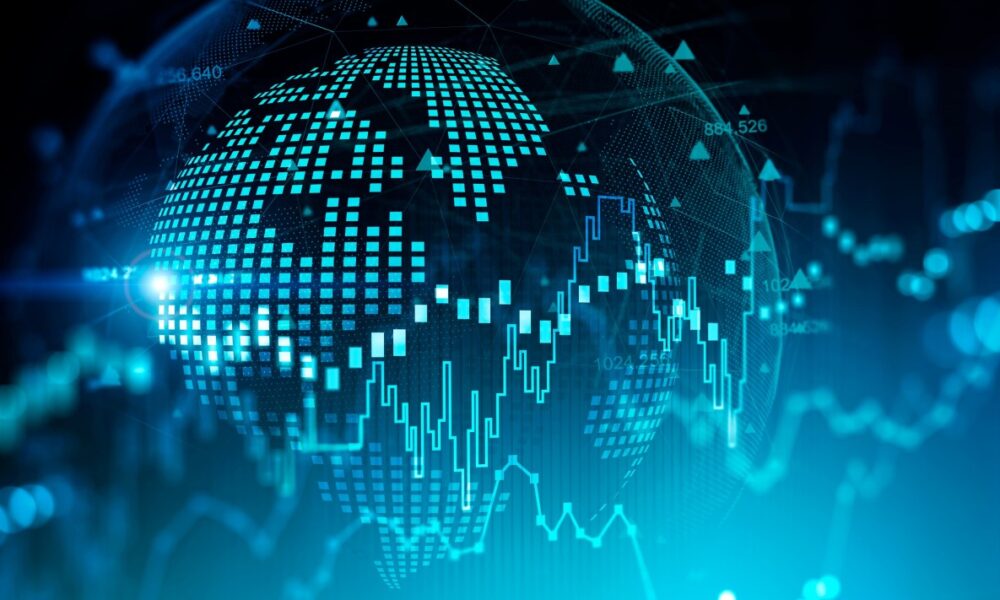
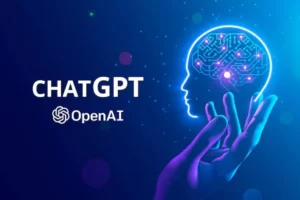
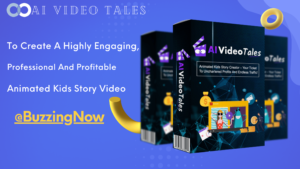




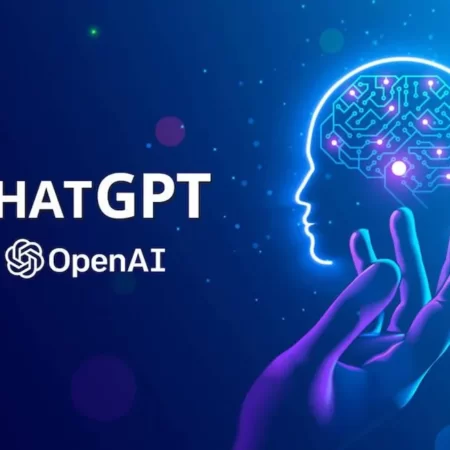
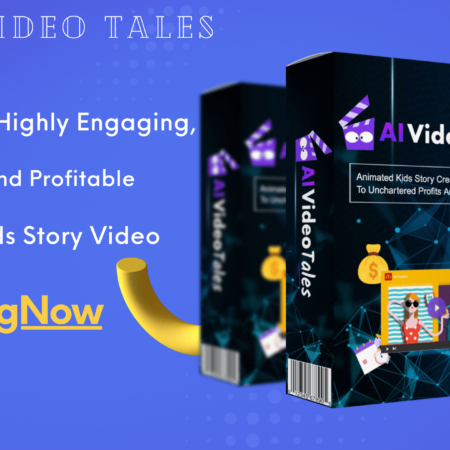
No Comment! Be the first one.